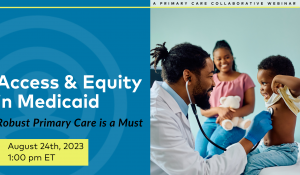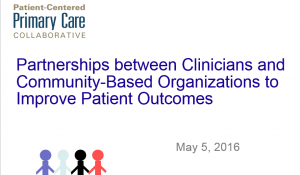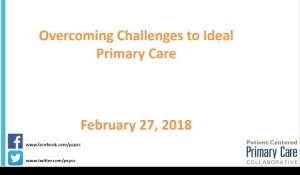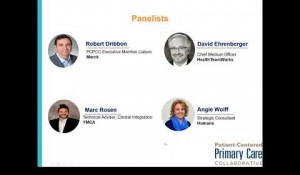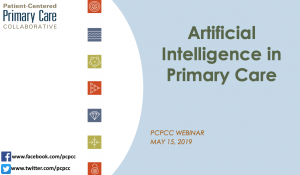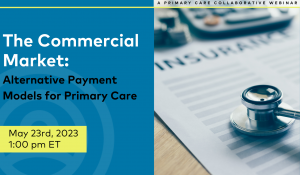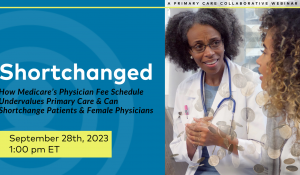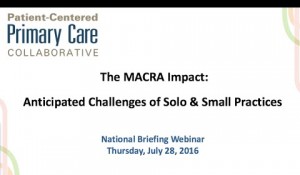You are looking at an archived version of our site. Please visit thepcc.org for a fresh, new experience!
Accessible

- Primary care is readily accessible, both in person and virtually for all individuals regardless of linguistic, literacy, socioeconomic, cognitive or physical barriers. As the first source of care, clinicians and staff are available and responsive when, where and how individuals and families need them.
- Primary care facilitates access to the broader health care system, acting as a gateway to high-value care and community resources.
- Primary care provides individuals with easy, routine access to their health information.
Resources
June 2024
Annals of Internal Medicine - July 2021
Health Affairs - May 2021
Geographic variation in overscreening for colorectal, cervical, and breast cancer among older adults
JAMA Network Open - July 2020
Family Practice - June 2020
JAMA Internal Medicine - February 2019
Healthy people 2020 - December 2018
This resource focuses on three components of access to care: insurance coverage, health services, and timeliness of care. All of these are important parts of access, as access cannot be truly achieved without the consideration of all three. It also discusses some barriers to access and how they can be overcome. Access is important to eliminating health disparities and ensuring that individuals have equitable care across demographics.
Health Services Research - November 2018
Heart (BMJ Journal) - August 2018
Harvard Medical School Center for Primary Care - July 2017
The model of Direct Primary Care is a subscription-based model aiming to circumvent the barriers posed by coding and payment schemes in traditional fee-for-service care. This model improves continuity as well as accessibility of care for patients. It also works to focus on the patient as a person rather than focusing on the payment scheme, making care more equitable.
JAMA Internal Medicine - July 2017
Rural Health Information Hub - June 2017
This resource explores disparities in access to healthcare for rural communities. It includes guides to policy changes that will address these barriers in access to care. Primary care providers act as a key access point for these patients and primary care practices will be critical in improving access for these communities.
United Healthgroup - June 2017
This resource discusses how delivering primary care and preventative services in-home can be an effective way to improve access and quality. It gives example of practical approaches to practice transformation that increase access.
Family Practice - October 2015
A continuous relationship between patients and their primary care providers was shown to reduce emergency department use. Ensuring that patients have access to this type of continuous primary care can result in cost savings and improves outcomes.
NASHP - August 2015
Dental care is an important part of comprehensive primary care, especially for children and young adults. This resource explores how a collaboration between safety net programs and oral health providers helps to create access for vulnerable populations, leading to more equitable care.
Healthcare Policy - December 2011
This analysis was designed to compare how well accessibility was measured to evaluate primary healthcare from the patient’s perspective. It analyzes certain subscales that effectively measure accessibility.
Webinars
Secondary menu
Copyright © 2024 Primary Care Collaborative



